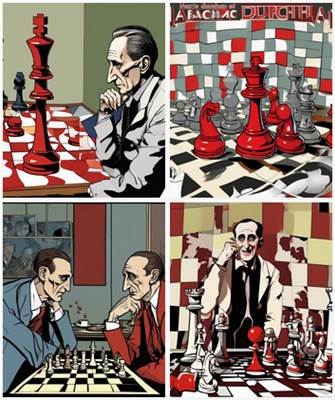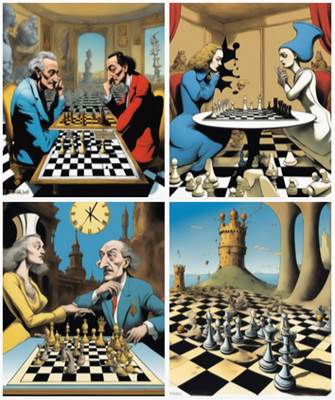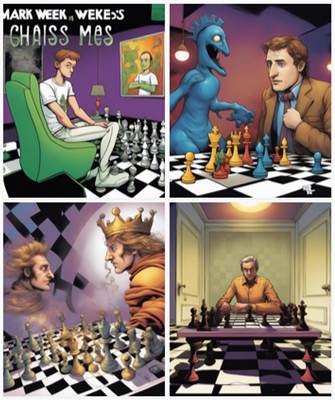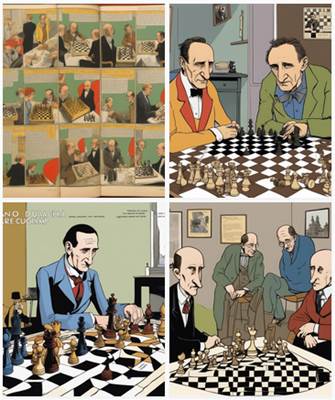It's been more than a year since we bid a not-so-fond adieu to the Yahoos in
RIP Yahoos
(January 2024). As I explained at the time,
After three years the Google Yahoos also ran out of steam: Yahoos Set a New Low (December 2023; 'So many problems, so little time.'). It's time to let them sleep in peace.
If you're not sure what Yahoos are, see the footnote. The problem at the time was that we could no longer see from where all the Yahoos hailed. The first sign of trouble appeared in
Missing Yahoos
(November 2023). There I explained,
For the first time in the Yahoo series, Google News stopped including the names of all sources in its list of top stories, identifying those sources only with an icon, often unreadable.
Now we've come full circle. Google News has restored the names of all sources and I can create a small chart like the first one shown below.
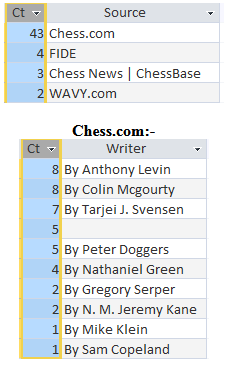 The chart shows only four sources that had more than two stories each, where the 'Missing Yahoos' post had eight such sources. But I'm getting ahead of myself. Let's first have some basic stats.
The chart shows only four sources that had more than two stories each, where the 'Missing Yahoos' post had eight such sources. But I'm getting ahead of myself. Let's first have some basic stats.
For the current month, Google offered 99 chess stories. Of those, 52 stories were from those four sources with more than two stories, meaning that 47 sources had a single story.
As we saw in every other previous post that counted the number of stories for each source, Chess.com topped the list. This month the world's top chess site had more than ten times as many stories as no.2 on the list, FIDE.
I don't remember exactly when Google started mentioning the writer's name for some stories, but it began as a trickle and has since become a flood. The second chart above shows the number of stories by eight Chess.com writers, many of whom have been mentioned before on this blog.
Only one other writer had more than two stories: Leonard Barden with one story for the Financial Times and one for The Guardian.
Of the 56 stories not from Chess.com, 30 had no writer listed for the story, so along with Barden, 24 writers had their byline attached to a story.
At this point I should start listing chess stories that I found particularly interesting, but I'm running out of time for this post. Let's have one of Barden's stories, both of which were on the same topic.
Maybe I'll come back to this post with more stories for March, but lately my track record for follow-ups hasn't been very good. Can old leopards brighten their spots?
[Yahoos (mainstream news stories about chess) are derived from Google News top-100 (or so) stories from the past month.]
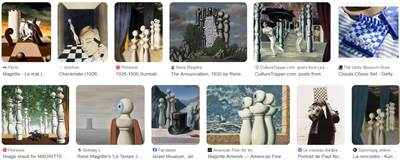
 The chart shows only four sources that had more than two stories each, where the 'Missing Yahoos' post had eight such sources. But I'm getting ahead of myself. Let's first have some basic stats.
The chart shows only four sources that had more than two stories each, where the 'Missing Yahoos' post had eight such sources. But I'm getting ahead of myself. Let's first have some basic stats.
